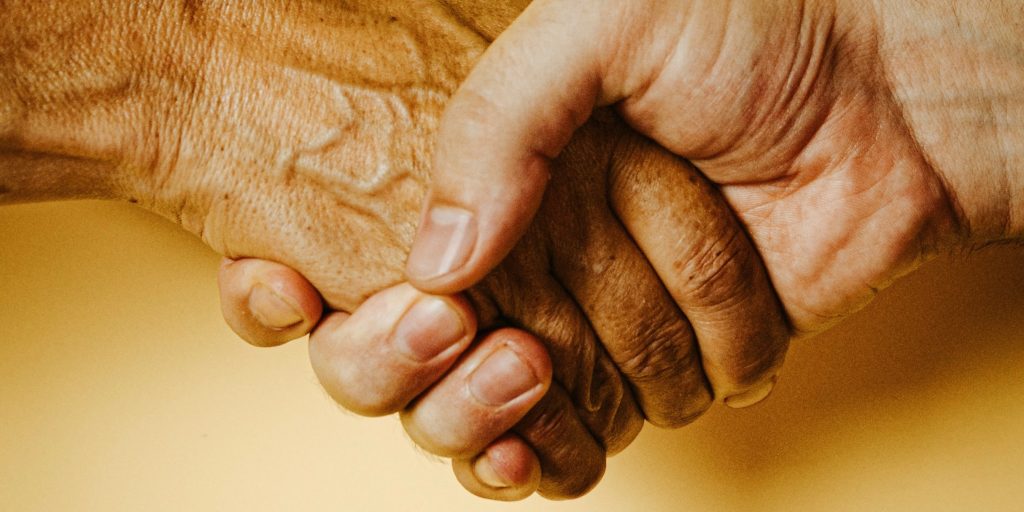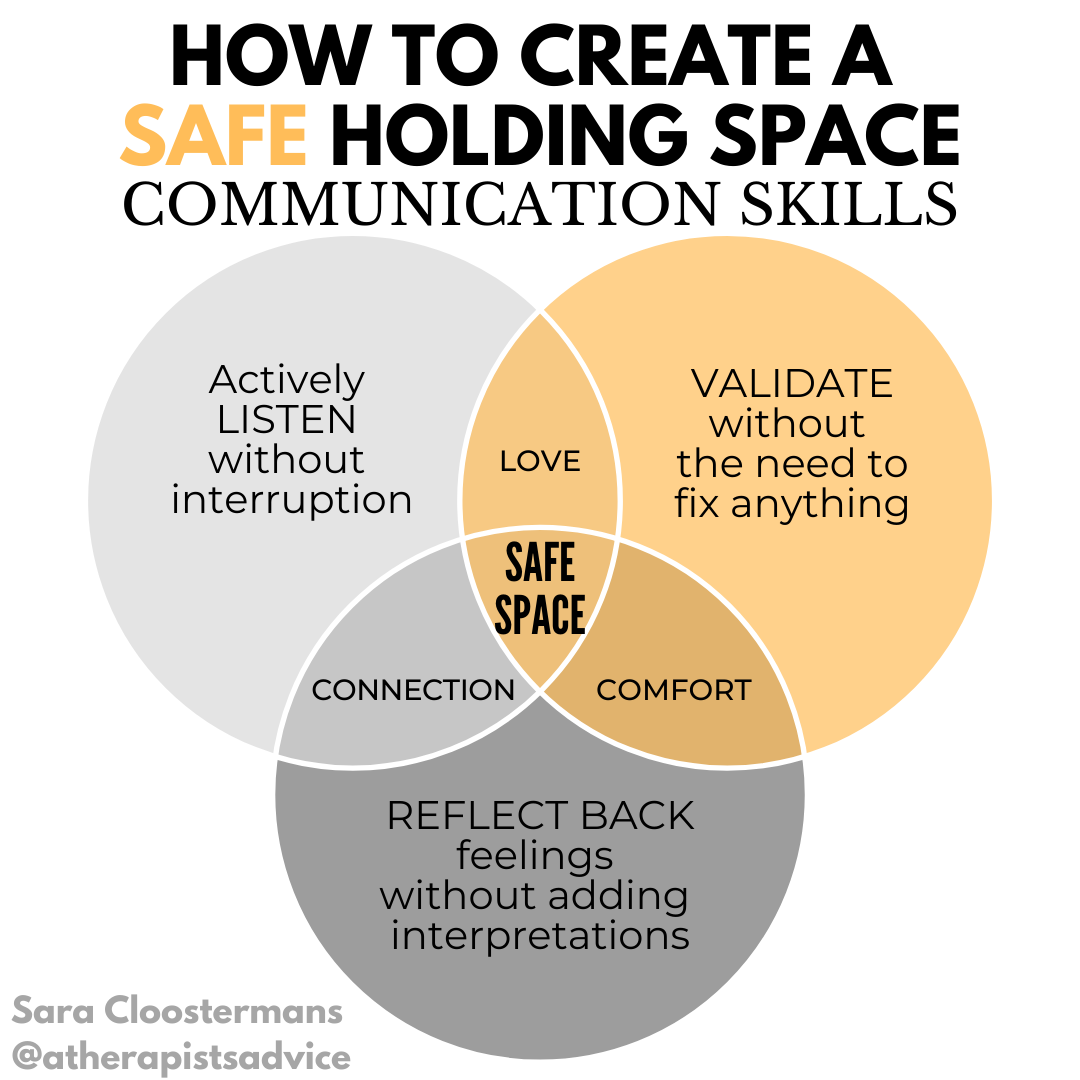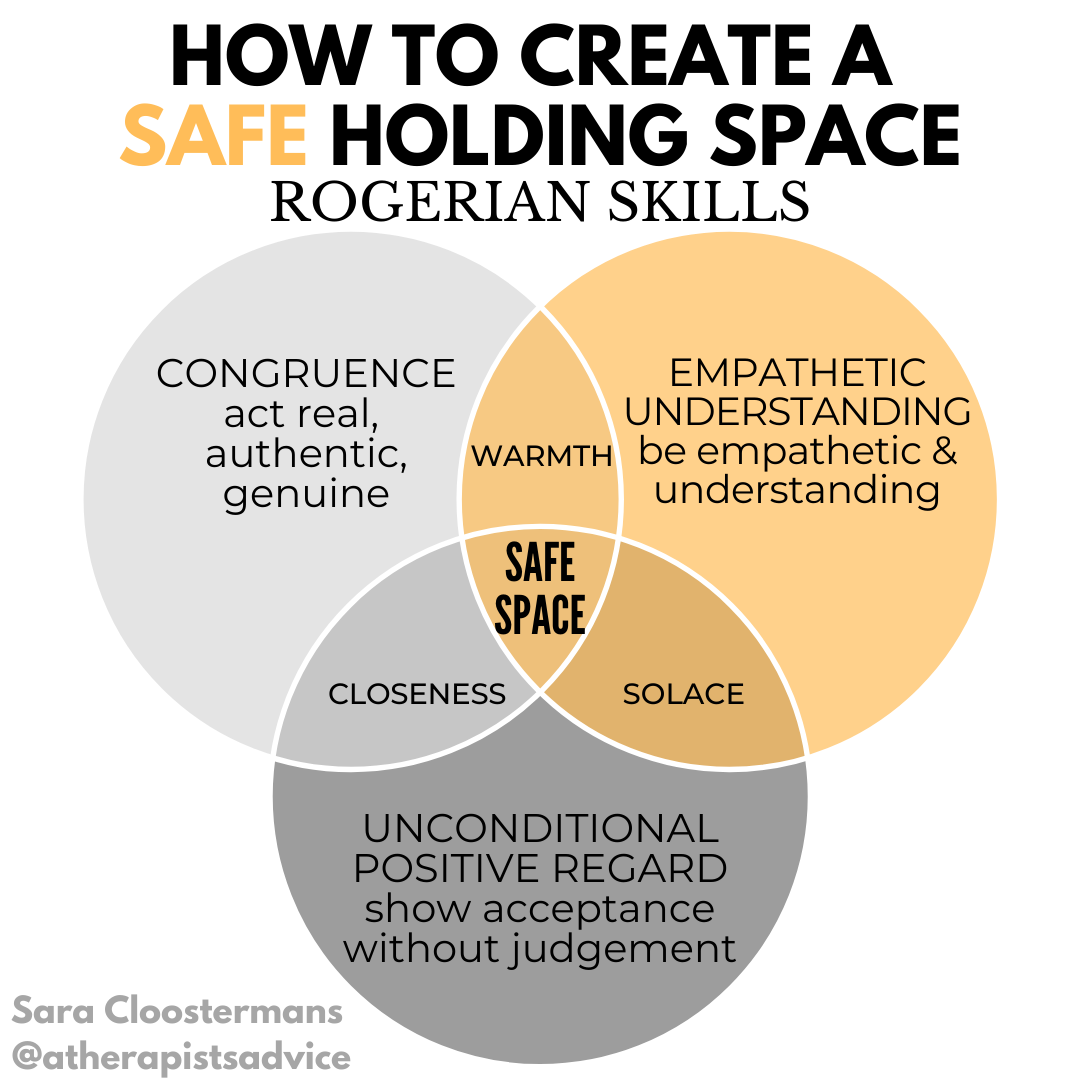At the end of each blog post, in my Yield2Yin section, I share a mantra for you to repeat. This is an “I am” mantra—something like “I am calmness” or “I am serenity.” Then I always suggest saying (or thinking) the mantra alongside diaphragmatic breathing. Why is this type of breath so important that it has become a fundamental aspect of my message? Let’s dive in!
What Is Diaphragmatic Breathing?
Diaphragmatic breathing (AKA: abdominal breathing, belly breathing, or pace breathing) is when you utilize your diaphragm to take a deep, slow breath. Your belly will move up and down with the breath instead of the chest.
The diaphragm is the major muscle of respiration that is located below the lungs. This dome-shaped muscle plays a crucial part in your breathing:
- Each time you inhale and take in oxygen, your diaphragm contracts and flattens, which creates more room in your chest cavity, so your lungs can expand = YANG
- Each time you exhale and let out carbon dioxide, the opposite happens: your diaphragm relaxes and moves upward in your chest cavity. The space in your chest cavity gets smaller and air is forced out of your lungs and windpipe, and then out of your nose or mouth = YIN
Belly breathing is something that we were able to do automatically from the moment we were born. It is not until later, as we get older and life stressors continue to pile up without being addressed, that we start taking shorter and more rapid breaths, which no longer allow for complete oxygen exchange. Shallow and restricted breathing activates the sympathetic nervous system = fight, flight, freeze, or fawn.
…














